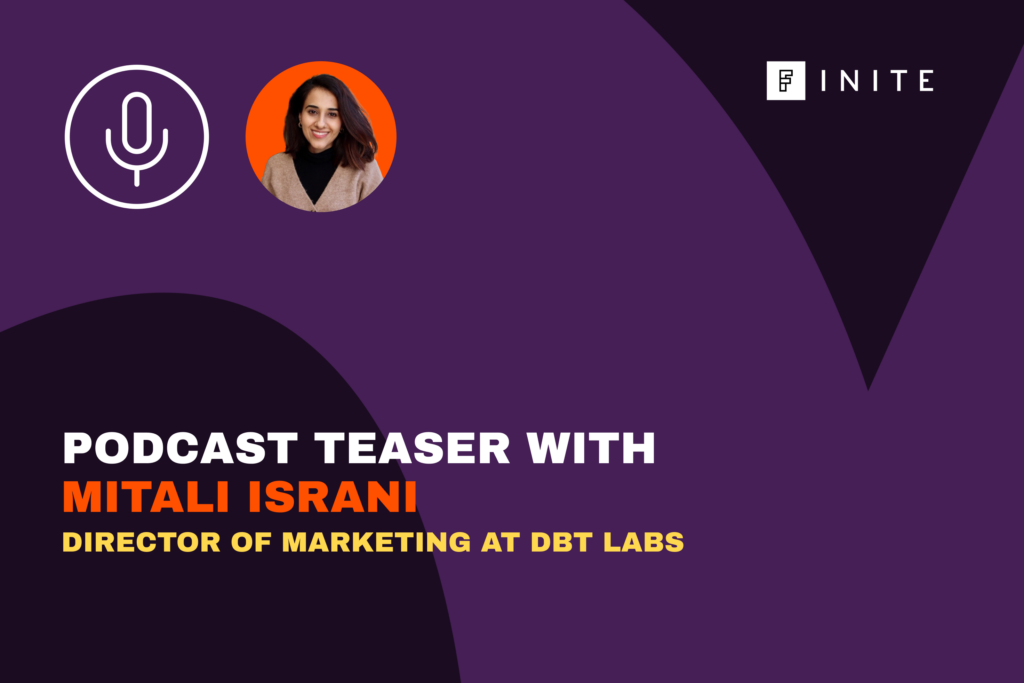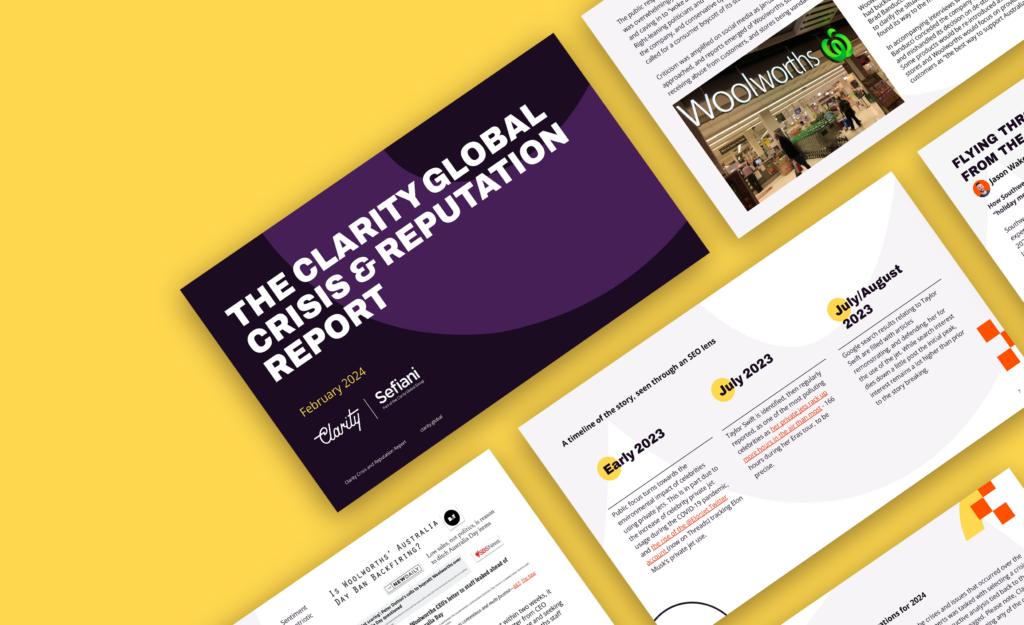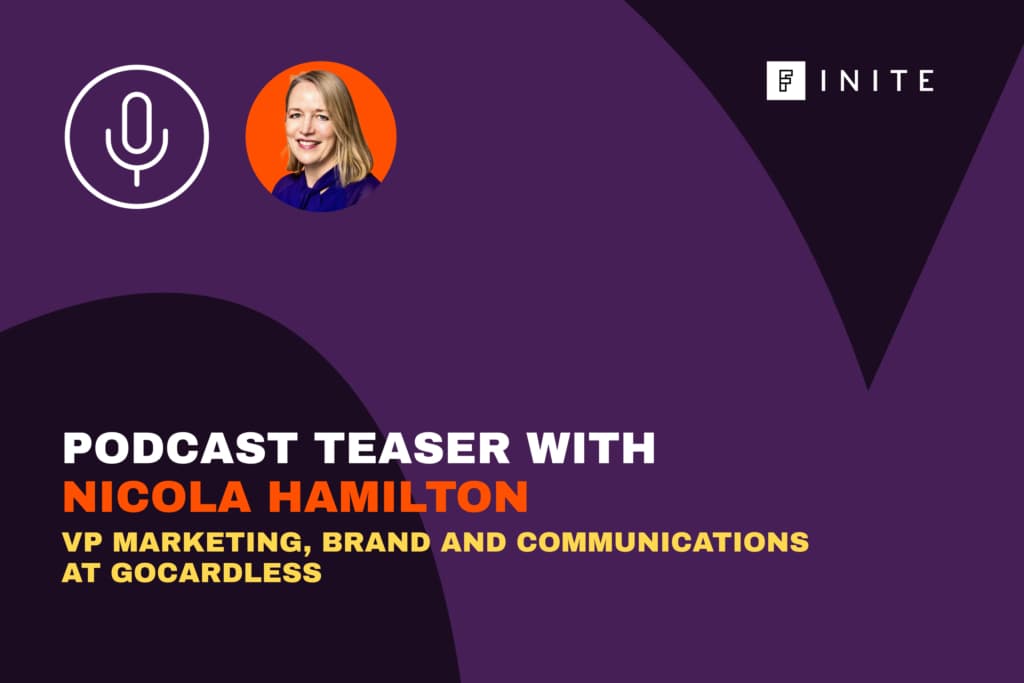It is one of the deepest ironies in business, to me, that the sector which does the worst job at communicating itself is... the advertising industry.
The agencies started it. Most of them are a labyrinthine mess comprising hundreds of distinct operating units and sub-agencies. Behold, Publicis Groupe’s confusing announcement of Publicis One, a consolidation into, well, four divisions.
For an industry which prides itself on “storytelling”, this inability to effectively communicate a service offering should come as something of an embarrassment.
But ad land’s communication problem has been taken to new highs - or, should I say, lows - by a new wave of advertising company, one that doesn’t necessarily have storytelling at heart: the adtech vendor.
In the last few years, advertising technology software has exploded on to the scene. Where, once, online advertising was bought and sold by humans and rudimentary algorithms using basic targeting techniques, now technology platforms promise to automate and hyper-target the process, for buyers and sellers alike.
Fuelled by an earlier venture capital boom in the sector, now hundreds of companies are all competing to facilitate - and profit from - a slice of the advertising revenue that keeps the internet afloat.
These new techniques are complex stuff, with all manner of new technologies, concepts and acronyms emerging almost every quarter. Even those in the know can find it difficult to wrap their head around it. But many adtech vendors also do themselves no favours in their marketing approach.
The typical pitch of many adtech vendors goes something like this:
“We are the leading end-to-end technology stack solution powering decisioning, monetisation and workflows that enable advertisers to increase engagement and publishers to grow yield across all screens, all channels and at every stage of the customer journey.”
There are three problems with this kind of messaging approach:
- In its grand scope, it is meaningless.
- It fails to specifically communicate any service offering.
- It happens to be the same pitch every other adtech vendor is using.
The trap that many adtech suppliers fall in to is the same one in to which many other technology companies have fallen previously. Jostling for market dominance, you write up your customer offering to position yourself as broader and better than the pack - but you end up over-blustering.
By deploying such a grandiose sales pitch, you actually fail to communicate specific products or services with which you make good on your promises. “End-to-end”, then, can actually come off as trying too hard - and must be seriously borne out, lest savvy customers see through the slogan and end up frustrated.
Enterprise customers like those of adtech companies typically fall in to two categories - those who need to be educated about new software, and those who are already familiar with many of the concepts, tools and may even have tried out several in the market.
This makes the communication challenge interesting. If your messaging is overly complex, perhaps appealing to savvy customers, you will confuse the new newbie customer pipeline. But if you leave too many details on the table, you will fail to convert sophisticated buyers who know the finer details of what they want.
As a business journalist and editor who writes about advertising and other technologies, it is the most frustrating thing in the world to receive a press release that fails to succinctly communicate what your company actually does or offers.
When a press release or message fails to do so, I will frequently visit a vendor’s website to investigate further. But it is doubly disappointing that many vendor websites commit the same communication crimes - using too much bluster and excessive jargon whilst trying to appeal to too many people at the same time. Often, I have resorted to search engines, news reports and Wikipedia to truly understand what a vendor is and does, all of which tend to more effectively do the job.
This is criminal - no vendor should leave the best reflection of itself to third parties.
And it is increasingly material to the many adtech operators in the space. This sector has been catapulted by an earlier influx of venture capital investment. But that investment has now been cut significantly on disappointing exit outcomes.
Even Terence Kawaja, the celebrated Luma Partners investment advisor who has secured many a VC round and sale for the biggest adtech firms, has said: ”Sustainability … is not always clear because companies talk about their offerings in a very similar way. There’s a maturation that needs to happen … to distinguish companies in the ad-tech space.”
What Kawaja is really saying is, vendors that are interested in gaining traction, winning a new round or exiting - whether to a bigger player or to the stock market - should stand aside from the homogenous pack of me-toos, should communicate more clearly, should differentiate.
That means clearly identifying and conveying what is unique or singular about your product or service. But it can also mean communicating it to customers at different purchase stages in different ways.
So, stop trying to be all things to all people. Tap in to your own unique offering, your own voice. Call a spade a spade.
Share this
MORE
INSIGHT
Fearless tactics to achieve your strategic success
As a consultancy, our full-funnel marketing and communications solutions are designed to fearlessly deliver business results across multiple industries and service areas.








